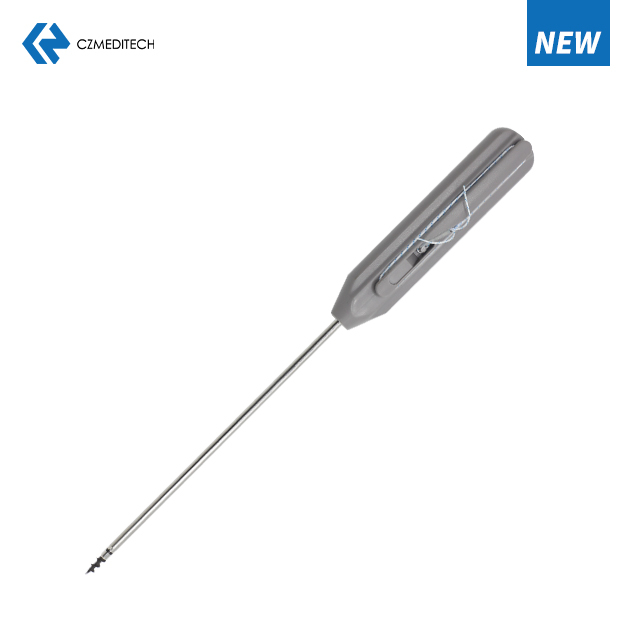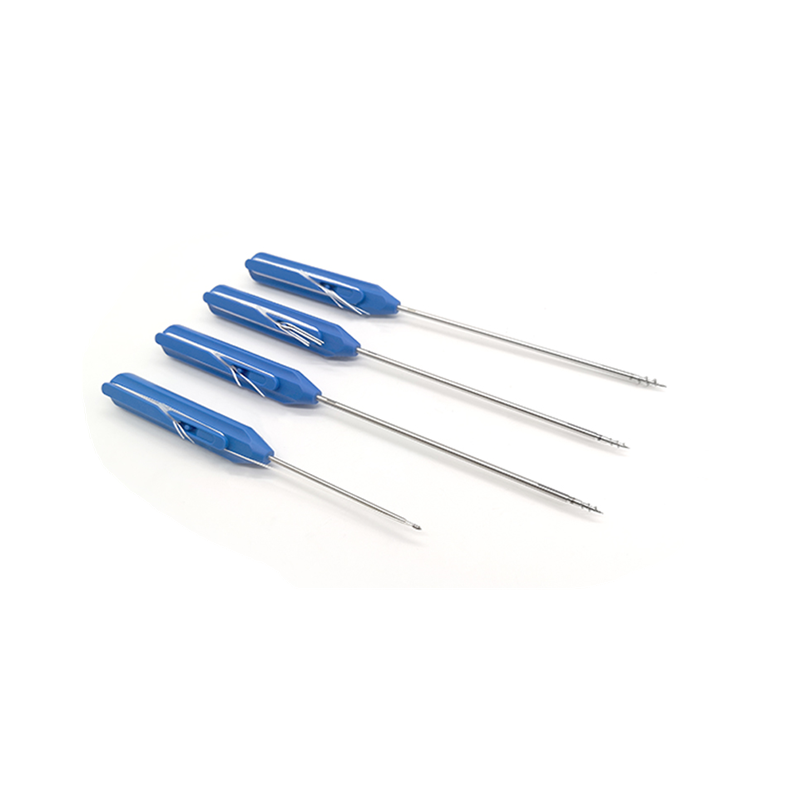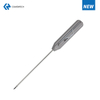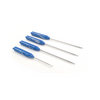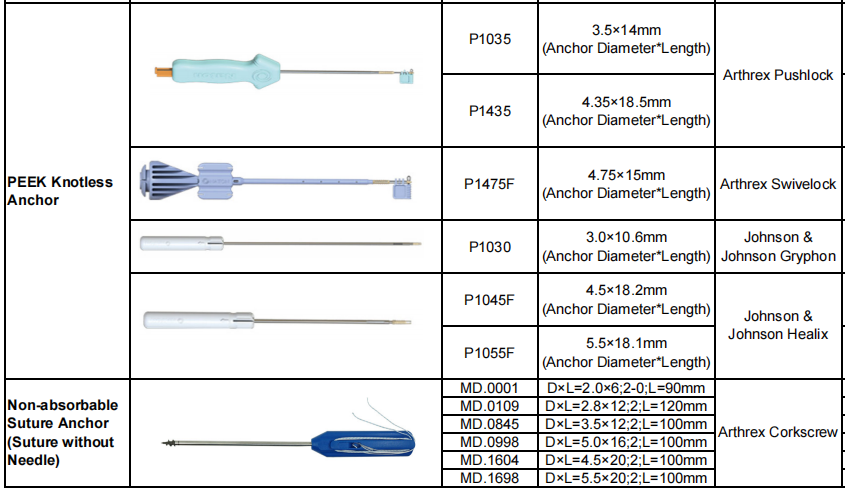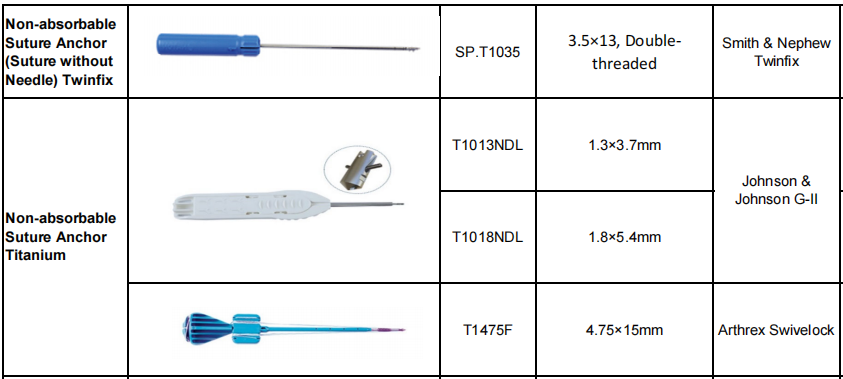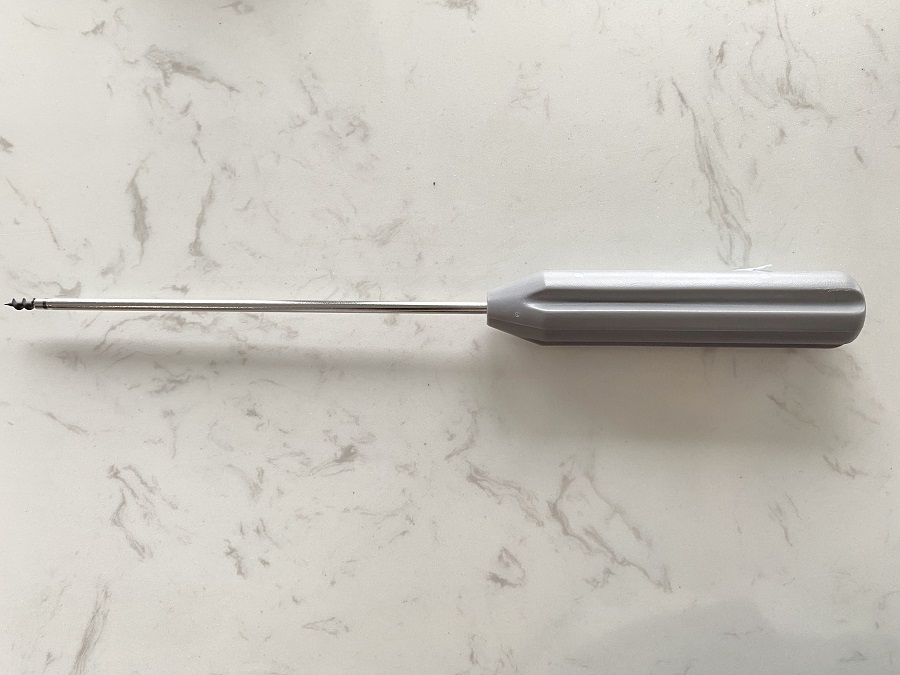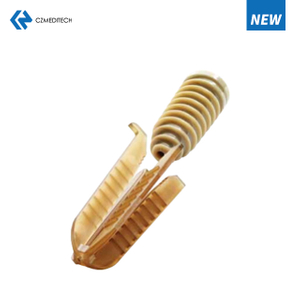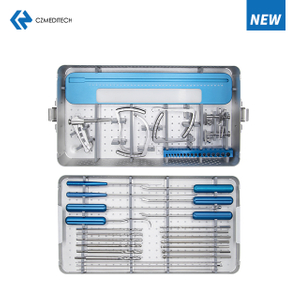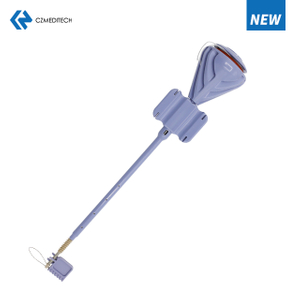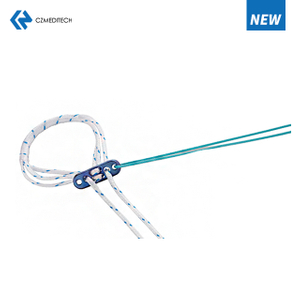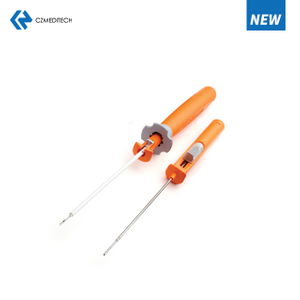Non-absorbable Suture Anchor: A Comprehensive Guide
Suture anchors are essential tools used in various orthopedic and surgical procedures. Non-absorbable suture anchors, in particular, have gained significant attention due to their durability and longevity. In this article, we will discuss non-absorbable suture anchors, their applications, and the benefits they offer in surgical procedures.
What are Non-absorbable Suture Anchors?
Non-absorbable suture anchors are medical devices designed to anchor sutures in bones or soft tissues. They are typically made of materials such as titanium, stainless steel, or other biocompatible metals that provide strength and durability. Non-absorbable suture anchors are not designed to dissolve over time, and they remain in the body indefinitely.
Types of Non-absorbable Suture Anchors
There are two main types of non-absorbable suture anchors: interference and cortical.
Interference Suture Anchors
Interference suture anchors are designed to compress the bone around the suture. These types of anchors are typically used in areas where there is a lack of bone mass or quality, such as the glenoid labrum, which is a ring of cartilage around the shoulder socket. Interference suture anchors provide excellent pull-out strength and stability, which makes them ideal for high-stress areas.
Cortical Suture Anchors
Cortical suture anchors are designed to be used in dense cortical bone. These anchors are typically used in areas where there is a high concentration of bone mass, such as the greater tuberosity of the humerus. Cortical suture anchors are ideal for areas where there is limited space and require high pull-out strength.
Applications of Non-absorbable Suture Anchors
Non-absorbable suture anchors are used in various surgical procedures, including:
Rotator Cuff Repair
Non-absorbable suture anchors are commonly used in rotator cuff repair surgeries. Rotator cuff injuries are prevalent in athletes and people who perform repetitive overhead motions. Non-absorbable suture anchors provide a durable and reliable anchor point for the sutures used to repair the rotator cuff.
Labral Repair
The labrum is a ring of cartilage that lines the rim of the shoulder socket. Labral tears are a common injury that can be repaired using non-absorbable suture anchors. These anchors provide an excellent anchor point for sutures used to repair the labrum, ensuring a successful and long-lasting outcome.
Ligament Repair
Non-absorbable suture anchors are used in various ligament repair surgeries, including ankle and knee ligament repair. These anchors provide an excellent anchor point for sutures used to repair torn or damaged ligaments, ensuring the stability and functionality of the joint.
Advantages of Non-absorbable Suture Anchors
Non-absorbable suture anchors offer several advantages over absorbable suture anchors, including:
Durability
Non-absorbable suture anchors are designed to be permanent fixtures in the body, providing a long-lasting and durable anchor point for sutures.
Strength
Non-absorbable suture anchors offer excellent pull-out strength, ensuring the sutures remain securely anchored in place.
Reduced Inflammation
Unlike absorbable suture anchors, non-absorbable suture anchors do not dissolve over time, reducing the risk of inflammation and infection.
Conclusion
Non-absorbable suture anchors are essential tools used in various orthopedic and surgical procedures. They offer several advantages over absorbable suture anchors, including durability, strength, and reduced inflammation. With their applications in rotator cuff repair, labral repair, and ligament repair, non-absorbable suture anchors are an essential component of modern surgical procedures. Understanding the different types of non-absorbable suture anchors and their applications can help surgeons and medical professionals provide optimal patient care and improve surgical outcomes.
FAQs
1. What are the materials used to make non-absorbable suture anchors?
Non-absorbable suture anchors are typically made of materials such as titanium, stainless steel, or other biocompatible metals that provide strength and durability.
2. Are non-absorbable suture anchors permanent fixtures in the body?
Yes, non-absorbable suture anchors are designed to be permanent fixtures in the body, providing a long-lasting and durable anchor point for sutures.
3. What are the advantages of non-absorbable suture anchors over absorbable suture anchors?
Non-absorbable suture anchors offer several advantages over absorbable suture anchors, including durability, strength, and reduced inflammation.
4. In what surgical procedures are non-absorbable suture anchors commonly used?
Non-absorbable suture anchors are commonly used in rotator cuff repair, labral repair, and ligament repair surgeries.
5. What are interference and cortical suture anchors?
Interference suture anchors compress the bone around the suture and are typically used in areas where there is a lack of bone mass or quality, while cortical suture anchors are designed to be used in dense cortical bone and are ideal for areas where there is limited space and require high pull-out strength.
English
Français
Русский
Español
العربية
Português
Deutsch
italiano
日本語
한국어
Nederlands
Tiếng Việt
ไทย
Polski
Türkçe
አማርኛ
ພາສາລາວ
ភាសាខ្មែរ
Bahasa Melayu
ဗမာစာ
தமிழ்
Filipino
Bahasa Indonesia
magyar
Română
Čeština
Монгол
қазақ
Српски
हिन्दी
فارسی
Kiswahili
Slovenčina
Slovenščina
Norsk
Svenska
українська
Ελληνικά
Suomi
Հայերեն
עברית
Latine
Dansk
اردو
Shqip
বাংলা
Hrvatski
Afrikaans
Gaeilge
Eesti keel
Māori
नेपाली
Oʻzbekcha
latviešu
অসমীয়া
Aymara
Azərbaycan dili
Bamanankan
Euskara
Беларуская мова
भोजपुरी
Bosanski
Български
Català
Cebuano
Corsu
ދިވެހި
डोग्रिड ने दी
Esperanto
Eʋegbe
Frysk
Galego
ქართული
guarani
ગુજરાતી
Kreyòl ayisyen
Hausa
ʻŌlelo Hawaiʻi
Hmoob
íslenska
Igbo
Ilocano
Basa Jawa
ಕನ್ನಡ
Kinyarwanda
गोंगेन हें नांव
Krio we dɛn kɔl Krio
Kurdî
Kurdî
Кыргызча
Lingala
Lietuvių
Oluganda
Lëtzebuergesch
Македонски
मैथिली
Malagasy
മലയാളം
Malti
मराठी
ꯃꯦꯇꯥꯏ (ꯃꯅꯤꯄꯨꯔꯤ) ꯴.
Mizo tawng
Chichewa
ଓଡ଼ିଆ
Afaan Oromoo
پښتو
ਪੰਜਾਬੀ
Runasimi
Gagana Samoa
संस्कृत
Gaelo Albannach
Sepeti
Sesotho
chiShona
سنڌي
Soomaali
Basa Sunda
Wikang Tagalog
Тоҷикӣ
Татарча
తెలుగు
ትግንያውያን
Xitsonga
Türkmençe
संस्कृत
ئۇيغۇرچە
Cymraeg
isiXhosa
ייִדיש
Yorùbá
isiZulu

